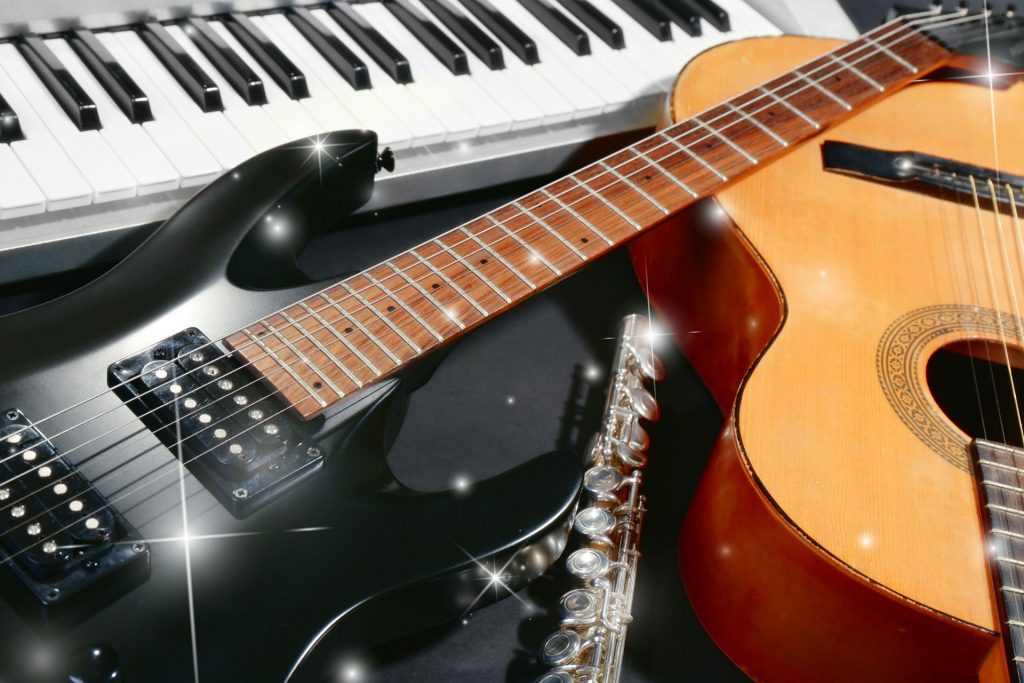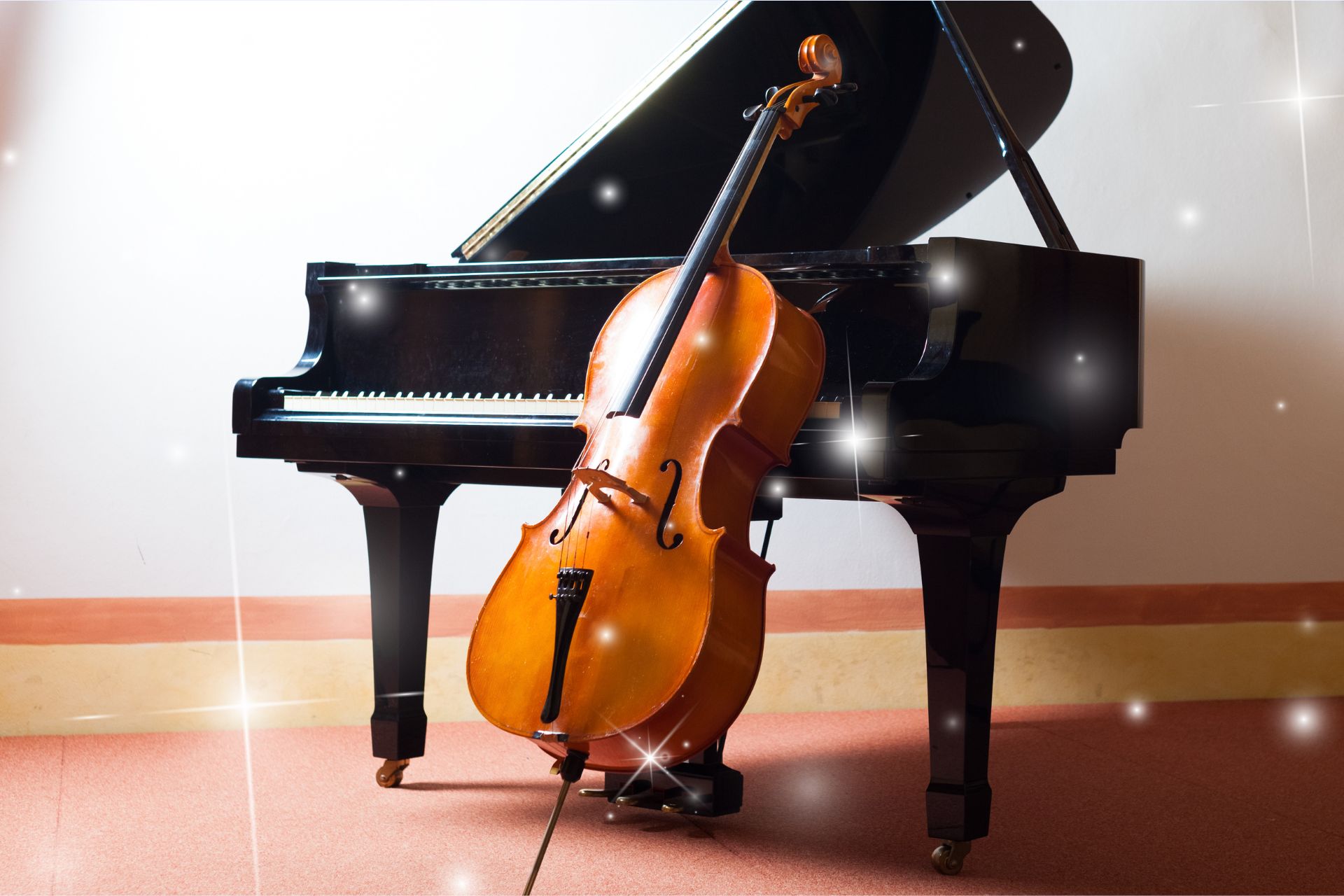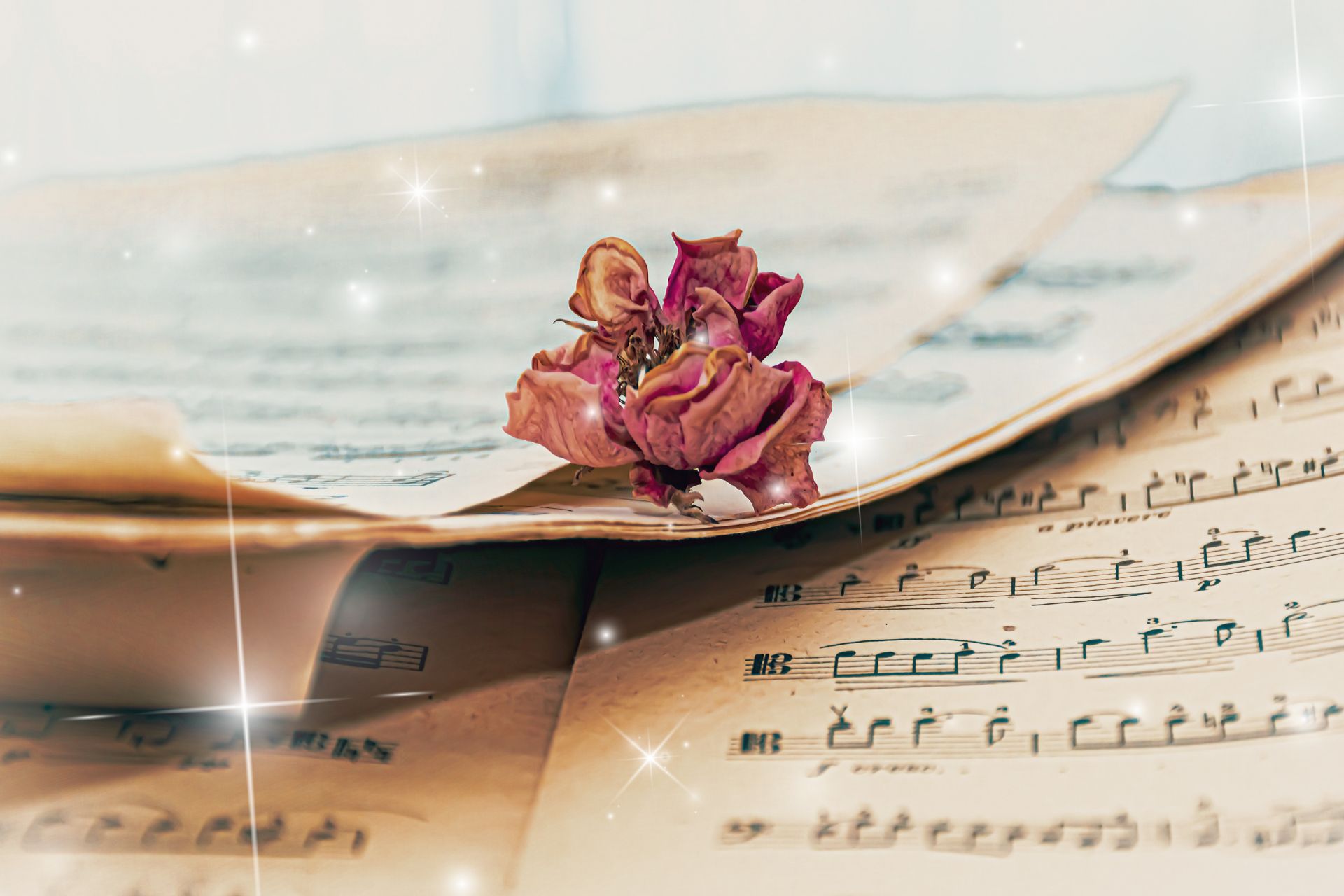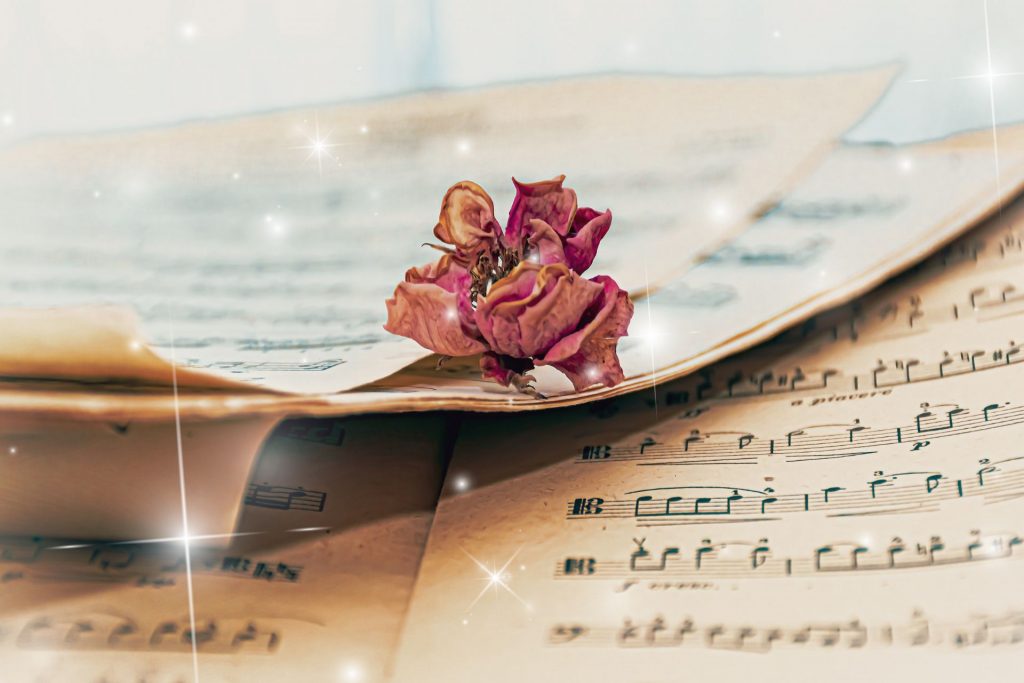Understanding Rhythm in Music
Rhythm is the heartbeat of music, guiding its flow and shaping the way we experience sound. It is the pattern of beats that can invoke emotions, energize a crowd, or provide a sense of calm.
One intriguing way to explore rhythm is through the playful genre of “Songs About Cups,” which showcases how simple objects can inspire catchy and memorable tunes. These songs often employ clapping, stomping, or other percussive elements to create a lively and engaging rhythm, demonstrating how an everyday item can become a powerful tool in musical expression.
Through understanding the rhythm in these songs, we can appreciate not just the music itself, but also the creativity that transforms ordinary moments into extraordinary musical experiences.

What is Rhythm?
The Essence of Rhythm
Rhythm is the pattern of sounds and silences in music. It’s what makes a piece of music move and groove. Imagine a song without rhythm—it would be like a story without a plot, aimless and unengaging. Rhythm provides structure, guiding musical phrases in a way that resonates with listeners.
The Building Blocks of Rhythm
At its core, rhythm is built on beats and tempo. Beats are the basic units of time in music, while tempo refers to the speed at which these beats occur. Together, they form the foundation of any rhythmic pattern, from the simplest to the most complex.
Time Signatures and Measures
Time signatures and measures are crucial in defining rhythm. A time signature, like 4/4 or 3/4, indicates how many beats are in each measure and which note value counts as one beat. This framework helps musicians maintain a consistent rhythm, ensuring the music flows smoothly.
The Importance of Rhythm in Music
Setting the Pace
Rhythm sets the pace for a piece of music. It determines whether a song is fast, slow, or somewhere in between. This pacing can evoke different emotions—quick tempos might make you feel energetic and excited, while slower rhythms can create a sense of calm or melancholy.
Enhancing Musical Expression
Rhythm enhances musical expression by adding dynamic variation. Syncopation, for instance, involves placing emphasis on unexpected beats, creating a sense of surprise and excitement. This rhythmic complexity can transform a simple melody into something truly captivating.
Unifying Musicians and Listeners
Rhythm acts as a unifying force in both performance and listening experiences. Musicians rely on rhythm to stay in sync with each other, creating a cohesive sound. For listeners, rhythm is often the most immediate and visceral element of music, drawing them in and keeping them engaged.
Common Rhythmic Patterns
The Pulse of Pop Music
In pop music, the most common rhythm is the 4/4 time signature, also known as “four on the floor.” This straightforward pattern is easy to dance to and has a universal appeal. It’s the backbone of countless hits, making it instantly recognizable.
Jazz and Swing
Jazz music often features swing rhythm, characterized by its “long-short” feel. This pattern creates a laid-back groove that’s perfect for improvisation. The syncopated rhythms in jazz add an element of unpredictability, keeping both players and listeners on their toes.
Classical Compositions
Classical music boasts a wide range of rhythmic patterns, from the steady beats of a waltz in 3/4 time to the intricate rhythms of a fugue. These patterns reflect the genre’s diversity and complexity, offering listeners a rich tapestry of rhythm to explore.
Techniques for Describing Rhythm
Counting Beats
One way to describe rhythm is by counting beats. Musicians often use numbers to keep track of beats within a measure. For example, in a 4/4 time signature, you might count “1, 2, 3, 4” to stay in time with the music. This method helps maintain a steady rhythm.
Using Syllables and Words
Another technique involves using syllables and words to represent different rhythmic values. The Kodály method, for instance, uses syllables like “ta” for quarter notes and “ti-ti” for eighth notes. This approach makes learning rhythms more intuitive, especially for beginners.
Visual Notation
Visual notation, or sheet music, is a precise way to describe rhythm. Notes and rests are written on a staff, with their shapes and positions indicating their rhythmic values. This method allows musicians to read and reproduce rhythms accurately, ensuring consistency in performance.
The Role of Rhythm in Different Genres
Rock and Roll
Rock music is driven by a strong, steady beat. The classic rock rhythm is often played on the drums, with a backbeat emphasizing the second and fourth beats of each measure. This powerful rhythm creates the genre’s signature energy and drive.
Hip-Hop Beats
Hip-hop is built on the foundation of complex, syncopated rhythms. The beats in hip-hop often feature heavy use of drum machines and sampling, creating a unique and infectious groove. This rhythmic complexity is a hallmark of the genre, setting it apart from others.
World Music Rhythms
World music encompasses a vast array of rhythmic traditions. African drumming, for instance, features polyrhythms—multiple rhythms played simultaneously. Latin music often includes syncopated rhythms and percussive instruments like congas and bongos. These diverse rhythms add richness and variety to the global musical landscape.
How Rhythm Influences Emotion
Creating Tension and Release
Rhythm can create tension and release within a piece of music. Syncopation and unexpected rhythmic changes can build suspense, while a return to a steady beat provides resolution. This ebb and flow of tension keeps listeners emotionally invested in the music.
Evoking Different Moods
Different rhythms can evoke different moods. A fast, driving rhythm might inspire excitement and energy, while a slow, steady beat can induce relaxation or sadness. Composers and performers use rhythm to convey a wide range of emotions, adding depth to their music.
Enhancing Storytelling
Rhythm plays a crucial role in musical storytelling. In film scores, for example, rhythmic changes can underscore dramatic moments, heightening the emotional impact. In musical theater, rhythmic patterns help convey characters’ personalities and advance the plot.
Practical Tips for Improving Your Rhythm Skills
Practice with a Metronome
A metronome is a valuable tool for developing a strong sense of rhythm. Practicing with a metronome helps you maintain a consistent tempo, ensuring that your timing is precise. Start slow and gradually increase the tempo as you become more comfortable.
Clap and Tap Along
Clapping and tapping along to music are simple yet effective ways to internalize rhythm. These activities reinforce your sense of timing and help you feel the beat more deeply. Try clapping along to different rhythmic patterns to improve your rhythmic flexibility.
Learn Different Rhythmic Styles
Expose yourself to a variety of rhythmic styles by listening to and playing different genres of music. Each genre has its unique rhythmic characteristics, and exploring these can broaden your rhythmic vocabulary. Experiment with different styles to find what resonates with you.
Tools and Resources for Learning Rhythm
Online Metronomes and Drum Machines
Online metronomes and drum machines are excellent resources for practicing rhythm. Websites like MetronomeOnline.com and apps like Drummer provide adjustable tempos and various rhythmic patterns to help you hone your skills.
Music Theory Books and Courses
Books and courses on music theory offer in-depth explanations of rhythm and its role in music. Resources like “Fundamentals of Music Theory” by Keith Wyatt and “The Complete Idiot’s Guide to Music Theory” provide valuable insights and exercises to improve your understanding of rhythm.
Rhythm Games and Apps
Rhythm games and apps make learning rhythm fun and engaging. Games like “Rhythm Heaven” and apps like “Beat Saber” challenge you to stay in time with the music, improving your sense of rhythm in an enjoyable way.
The Science Behind Rhythm
How the Brain Processes Rhythm
Research shows that the brain processes rhythm through multiple neural pathways. The motor cortex, responsible for movement, is heavily involved in rhythm processing, which is why rhythm often makes us want to move. This connection between rhythm and movement is a fundamental aspect of human nature.
The Role of Rhythm in Cognitive Development
Rhythm plays a crucial role in cognitive development. Studies have shown that rhythmic training can improve language skills, attention, and memory. This is why rhythmic activities, like clapping games and drumming, are often used in educational settings.
Rhythm and Physical Health
Engaging with rhythm can have positive effects on physical health. Activities like dancing and drumming can improve cardiovascular health, coordination, and overall fitness. Rhythm-based therapies are also used to aid in the rehabilitation of individuals with motor disorders.
Conclusion
Rhythm is the heartbeat of music, giving it structure, energy, and emotion. For music enthusiasts, understanding rhythm can unlock new levels of appreciation and skill. From the steady beats of pop music to the complex patterns of jazz, rhythm is a universal language that connects us all.
By exploring different rhythmic styles, practicing with tools like metronomes, and engaging with rhythm in various ways, you can enhance your musical experience. Whether you’re clapping along to your favorite song or studying the intricacies of rhythmic notation, rhythm offers endless opportunities for discovery and enjoyment.
Ready to deepen your understanding of rhythm? Start by tapping into the resources and techniques mentioned in this post. Your musical journey awaits!


